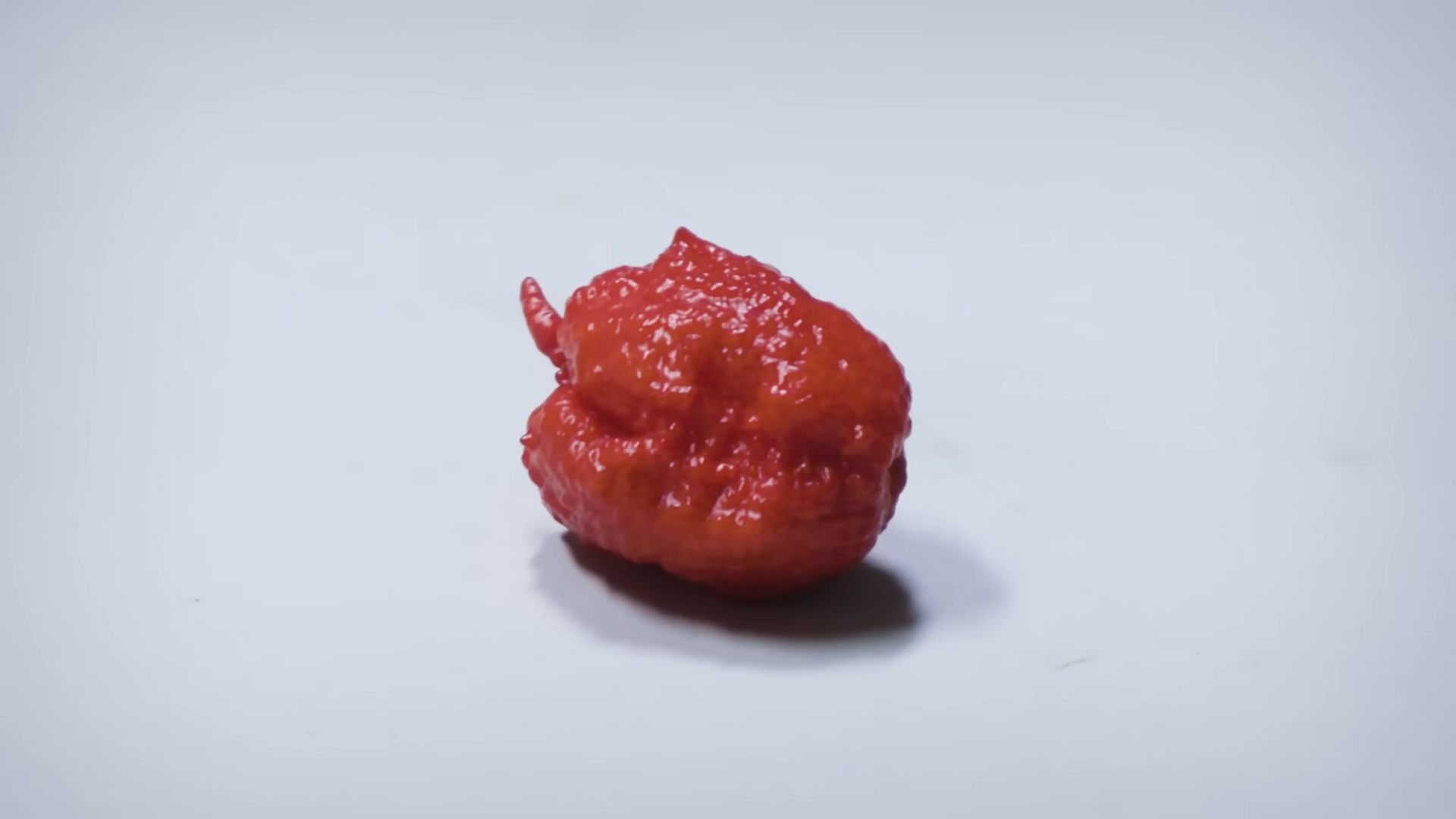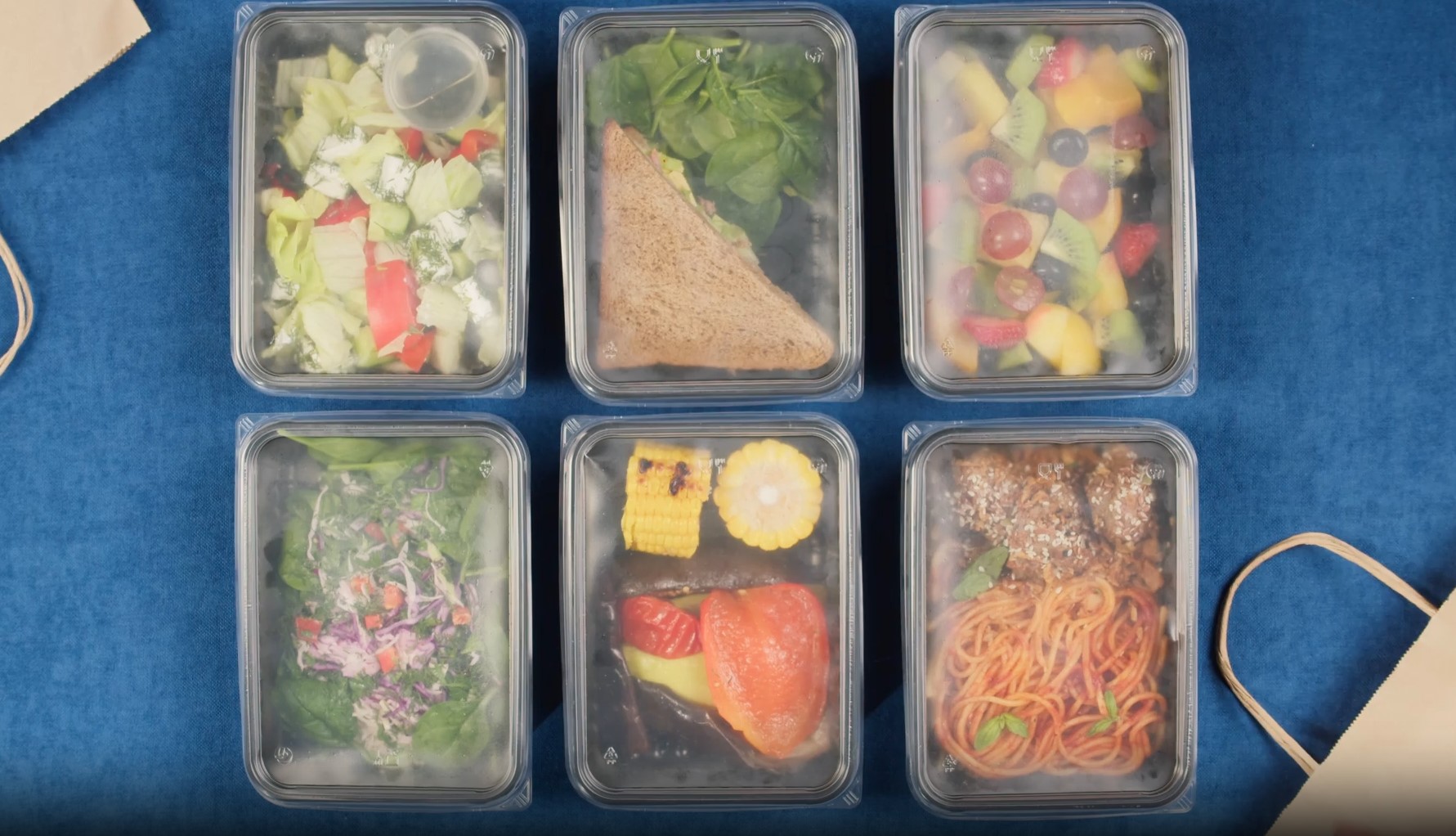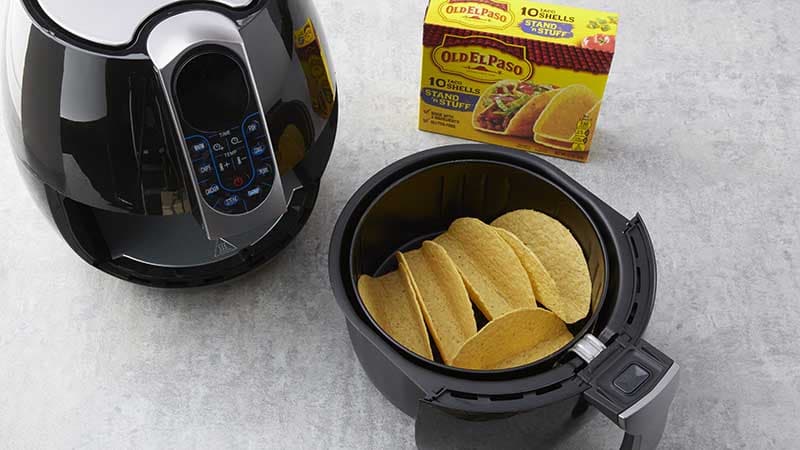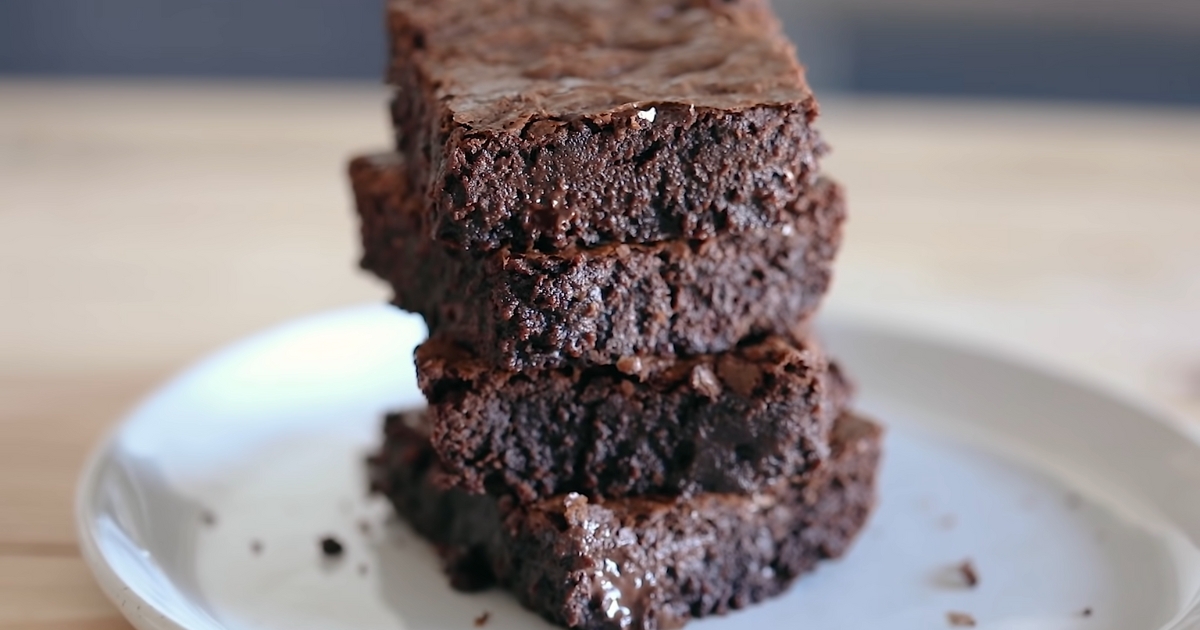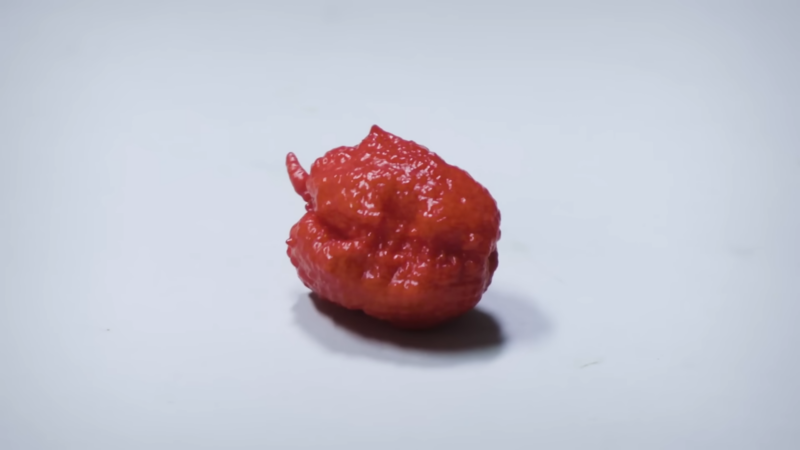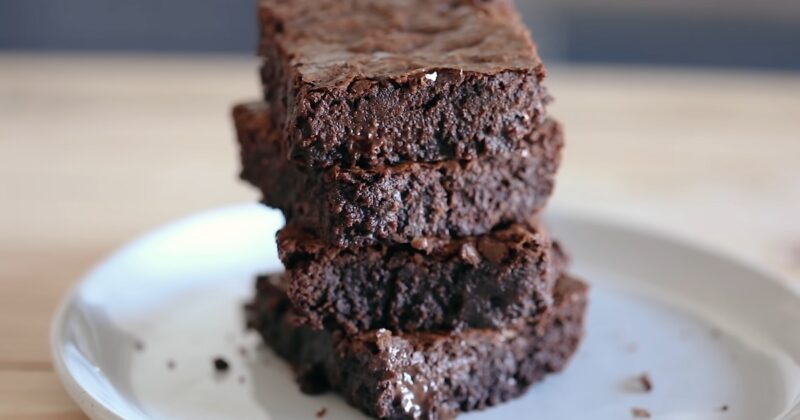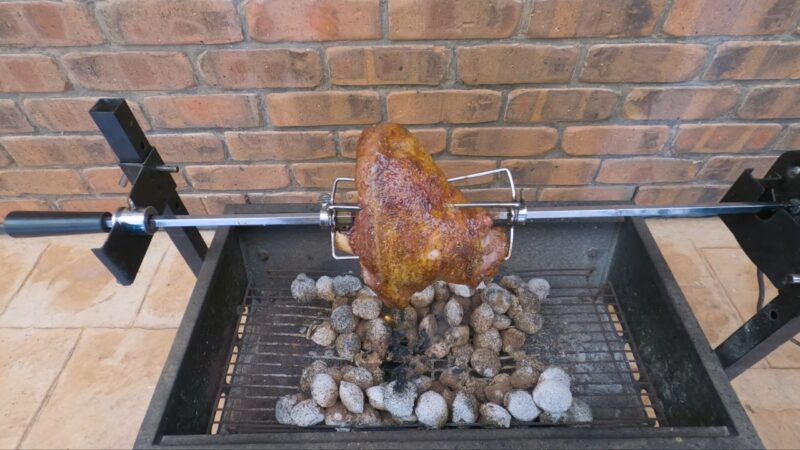
I remember the first time I tried to recreate my grandmother’s fish stew recipe. The tantalizing aroma filled my kitchen, bringing back cherished memories. Days later, the lingering smell had overstayed its welcome, making me realize the importance of a good ventilation system.
Many homeowners, like me, find themselves at a crossroads when deciding on the ideal kitchen hood venting solution. Should one vent to the outside, ensuring a direct exit for odors and fumes, or opt for a recirculating system, which purifies and recycles the air?
Table of Contents
ToggleThe Importance of Proper Ventilation
In many households, the heart of the home is the cooking space. Proper ventilation ensures that this vital area remains both functional and pleasant. A variety of aromas, from the delicious scent of freshly baked bread to the pungent odor of sautéed onions, can fill this space.
While these smells can be delightful in the moment, they can become overwhelming or even unpleasant if they linger for too long. So, how should you deal with these culinary odors?
| Aspect | Benefit of Ventilation Systems |
|---|---|
| Air Quality | Removes pollutants, enhancing indoor air |
| Humidity Control | Counters steam from cooking to balance humidity |
| Grease Protection | Traps and removes grease particles from cooking |
Ventilation, especially in the cooking area, is not just about odors; it’s a matter of maintaining a healthy and comfortable living environment.
Vent to the Outside
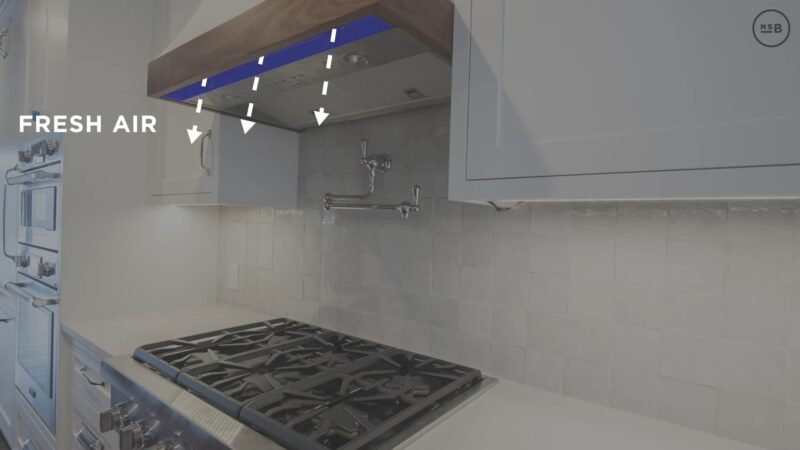
When considering ventilation options, venting to the outside is a popular choice for many homeowners. This method directly expels air from the cooking area to the outdoors, ensuring that odors, pollutants, and excess moisture are promptly removed.
Advantages of Direct Ventilation
- Efficiency: Directly expelling air ensures rapid removal of odors and pollutants.
- Health: By actively removing pollutants, this method promotes better indoor air quality.
- Reduced Maintenance: Without the need to clean or replace filters frequently, direct ventilation often requires less upkeep.
It’s not all advantages. Installing an external venting system can be more complicated and might not be feasible for every home, especially apartments or homes without direct external access from the cooking area.
Challenges and Considerations
- Installation Cost: Venting outside often requires more extensive ductwork, which can be pricier.
- Heat Loss: In colder climates, venting out can mean expelling warm indoor air, leading to increased heating costs.
- Architectural Limitations: Some building designs or local regulations might prevent external venting.
Recirculating Ventilation
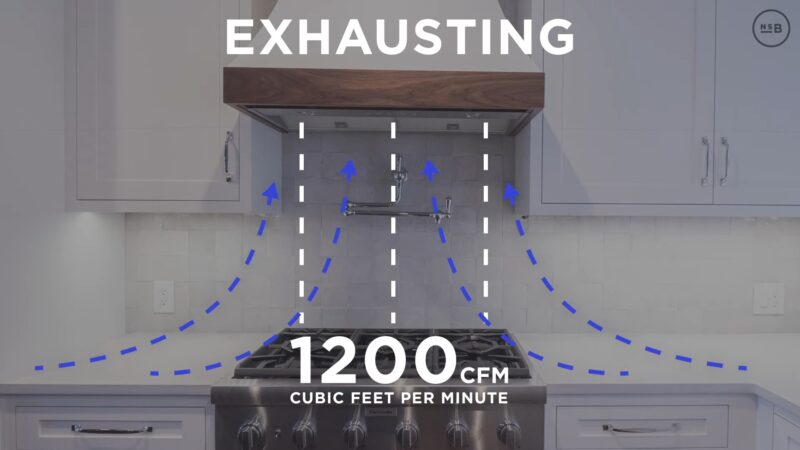
Recirculating systems, often called “ductless” or “ventless” systems, filter and then return the air back into the room instead of venting it outside. These systems use charcoal filters to neutralize odors and trap pollutants.
| Aspect | Benefits of Recirculating Systems |
|---|---|
| Flexible Installation | Without the need for external ducts, these systems can be installed in many locations |
| Energy Savings | By keeping the air indoors, you can retain more heat in winter, potentially saving on heating costs |
| Cost-Effective Setup | Often, the initial setup cost for a recirculating system is lower than that of an external venting system |
Despite these advantages, recirculating systems have their own set of challenges.
| Aspect | Limitations of Recirculating Systems |
|---|---|
| Filter Maintenance | Filters need regular replacement or cleaning to maintain effectiveness |
| Less Effective Odor Removal | They might not be as efficient as external venting systems in removing strong odors |
| Potential for Over-saturation | If filters aren’t maintained, they can become saturated, reducing their efficiency |
Considering Energy Efficiency and Environmental Impact
In today’s climate-conscious society, energy efficiency and environmental considerations play significant roles in household decision-making. The way you choose to manage your cooking space’s ventilation is no exception.
Energy Consumption
As mentioned earlier, venting outside can lead to heat loss, especially in colder climates. This can increase energy consumption as heating systems work harder to maintain indoor temperatures. These systems retain indoor air, potentially reducing heating (or cooling) costs.
The fans and filters in these systems may consume electricity.
Environmental Considerations
Directly venting pollutants outside might contribute to outdoor air pollution. On the other hand, recirculating systems reduce this concern by trapping and neutralizing pollutants. Consider the environmental impact of manufacturing, shipping, and disposing of the filters used in recirculating systems.
It’s essential to weigh these considerations based on local regulations, climate, and individual values about environmental stewardship.
Aesthetic and Space Considerations
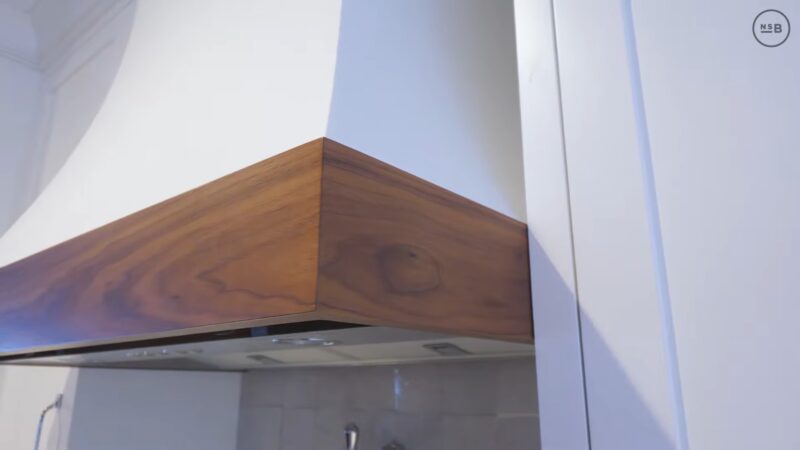
Beyond functionality, the aesthetics and space utilization of your ventilation system can impact your cooking area’s overall design.
Blending with Design
- Vent to the Outside: External venting systems often require bulkier hoods and ducts. With the right design, they can become focal points or be seamlessly integrated into the kitchen decor.
- Recirculating Systems: Often sleeker and more compact, these systems can be less intrusive and offer more design flexibility.
Space Constraints
- Installation Space: External systems may require more space for ducts, potentially limiting cabinet or storage options. In contrast, ductless systems typically occupy less space.
- Ceiling and Wall Constraints: Homes with high ceilings, unique layouts, or certain wall materials may favor one system over the other based on installation feasibility.
Choosing a system that complements the cooking area’s design while efficiently using space can enhance both functionality and aesthetics.
Long-term Maintenance and Costs
An often-overlooked aspect when selecting a ventilation system is the long-term cost and maintenance commitment. Regarding maintenance routines for “Vent to the Outside” systems, they generally require less frequent attention.
When maintenance is required, it can be a more involved process, potentially needing professional assistance. In contrast, recirculating systems demand filters to be cleaned or replaced regularly. While this is a task homeowners can typically handle themselves, it occurs more frequently.
Cost is another crucial factor. Venting externally can often entail a higher initial installation cost, attributed largely to the necessary ductwork. On the other hand, while recirculating systems might have a lower initial cost, the expenses related to filter replacements over time can accumulate.
External venting can sometimes result in increased costs for heating or cooling the home. When making a decision, it’s essential to weigh the initial costs, recurring expenses, and the overall time and effort required for maintenance.
FAQs
Are there any architectural limitations for installing an external venting system?
Some building designs or local regulations might prevent external venting, especially in apartments or homes without direct external access from the kitchen.
Is one system more cost-effective than the other in the long run?
While recirculating systems might have a lower initial cost, the expenses related to filter replacements can add up over time. External venting might lead to higher heating or cooling costs.
How often should I clean or replace filters in a recirculating system?
This largely depends on usage, but generally, filters should be checked every 2-3 months and cleaned or replaced as needed.
Do external venting systems require any filters?
Yes, they often have grease filters that trap grease particles, but they don’t need charcoal filters for odors like recirculating systems do.
Can recirculating systems handle all types of cooking, including frying and grilling?
They can handle most cooking types, but for heavy frying or grilling, external venting systems might offer superior performance.
Is there a noticeable difference in noise levels between the two systems?
Both systems have fans that produce noise, but the exact noise level can vary based on the model, installation, and the fan’s speed.
Summary
For me, reminiscing about that stubborn fish stew aroma, the decision was influenced by my personal experiences and my home’s architecture. Your choice will similarly depend on your unique circumstances, priorities, and, of course, those culinary adventures you embark on.
Whatever you decide, the essence remains: a well-ventilated kitchen is a cornerstone for a delightful and healthy cooking journey.
Related Posts:
- 12 Best Under Cabinet Range Hood 2023 - Improve Air…
- 11 Best Pasta Strainer For Your Kitchen 2023 -…
- Peerless Two Handle Kitchen Faucet – A Mix of…
- How to Fix a Dripping Kitchen Faucet? - DIY Plumbing
- Different Ways to Use Himalayan Salt Block In Your Kitchen
- Snap Kitchen vs My Fit Foods: Who Earns Our Vote and Why?




